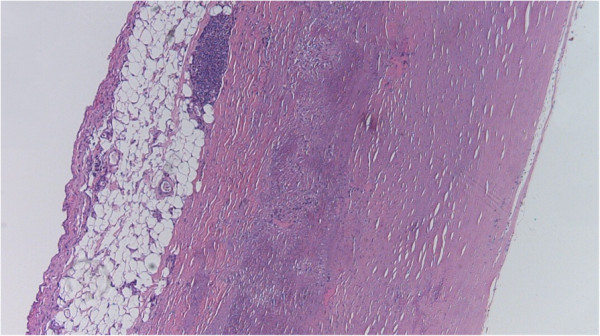Playlist
Show Playlist
Hide Playlist
Atherosclerosis: Etiology
-
Slides 01 VascularMedicine advanced.pdf
-
Download Lecture Overview
00:01 Let's talk about the causes. There are a variety of causes—so-called risk factors—often working together that set off this atherosclerotic process. One of the most important is abnormal cholesterol and other lipids (for example, triglycerides) in the bloodstream. These, then, get in under the small endothelial inner layer. They get into the wall of the artery, and they set off a huge inflammation reaction with scarring and lots of white blood cells coming in to try and slow down the inflammation. But unfortunately, it just gets worse and worse and worse. It's related… A risk factor that can be measured in the laboratory is your total cholesterol level. Your so-called LDL cholesterol (we're going to talk about that more in a moment): That's the bad cholesterol. That's the one that really sets off the trouble. 00:56 High-density lipoprotein cholesterol (HDL cholesterol) actually helps take some of the LDL out of the wall and protects against this disease. We've already mentioned triglycerides, which—particularly in diabetics—further the atherosclerotic process. And then there are other entities, such as hypertension and cigarette smoking, that also speed along the development of atherosclerosis. I mentioned before that there's a good form of cholesterol and a bad form. The bad form is the so-called low-density lipoprotein (LDL) cholesterol. This often gets oxidized—in a sense, rusted—by oxygen in the bloodstream, gets inside the artery wall, sets off the huge inflammatory reaction that results in atherosclerosis. High-density lipoprotein actually helps to reduce the risk for this disease. So if you have a very good high HDL level, you are at least partly protected. 01:58 Of course, if you're a heavy cigarette smoker, even a high HDL may not protect you from atherosclerosis. 02:07 The aging process is very important, because this process starts usually actually in early childhood and gradually develops over the years. So the older you are, the more atherosclerosis you're likely to have. The heart and blood vessels, over time, become less resilient with age. The elastic arteries are less able to withstand the forces from the pulsating blood coming out of the heart. Systolic blood pressure often increases. And what can even happen that's quite dangerous is that part of the arterial wall can thin and balloon out and develop into an aneurysm. And when you have an aneurysm, there's a chance that this area of the thinned wall may rupture, can cause massive bleeding and death. And we're going to talk about aneurysms in subsequent advanced lectures. 03:02 The risk factors that are most commonly known to accelerate and cause the atherosclerotic process: Some, there's not much you can do about, such as advancing age. This is a very common disease in people over the age of 65 and 70. Diabetes mellitus is a major risk factor for this disease as are, for example, birth control pills. They also increase blood clotting and can cause advancing atherosclerosis, and so one has to be very careful with the use of these pills in patients who have a family history of atherosclerosis and physical inactivity (sitting around and not doing regular exercise). It's more common in men (at least at younger ages), but women catch up at the older ages. Obesity often leads to high levels of cholesterol in the blood and hypertension and diabetic tendencies, so they all work in favor of atherosclerosis. Certain types of personalities: Very aggressive, hostile personality patients are known to be at increased risk for atherosclerosis. And of course, if there's a history in your family of this disease, you're more likely to get it as well.
About the Lecture
The lecture Atherosclerosis: Etiology by Joseph Alpert, MD is from the course Arterial Diseases.
Included Quiz Questions
Which of the following statements does NOT describe atherosclerosis
- The pathogenesis usually begins > 50 years of age.
- It involves thickening of the intima with accumulation of lipid-laden macrophages.
- Smooth muscle cells can populate the intima.
- Calcification is common.
Which of the following lifestyle choices is a major risk factor in etiology of CVDs?
- Smoking.
- Excessive alcohol consumption.
- Stress.
- Use of nuts in diet.
- Excessive physical exertion.
LDLs in the blood initiate an inflammatory reaction in the arterial wall because of which of the following events in the bloodstream?
- Oxidation by O2.
- Reduction by CO2.
- Reduction by O2.
- Oxidation by CO2.
- Redox reaction with CO2.
Customer reviews
5,0 of 5 stars
| 5 Stars |
|
1 |
| 4 Stars |
|
0 |
| 3 Stars |
|
0 |
| 2 Stars |
|
0 |
| 1 Star |
|
0 |
Like all the lectures Of profesor Alpert this is very clear, and useful. He explain slouly and know what student need to understand step by step. Thank you profesor Alpert.




